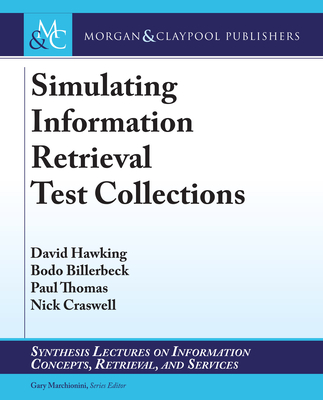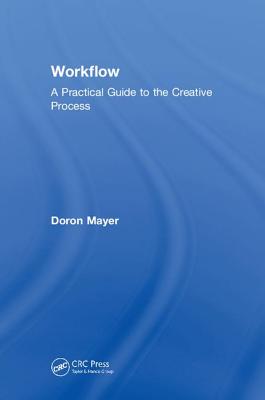The Combinatory Systems Theory: Understanding, Modeling and Simulating Collective Phenomena (Contemporary Systems Thinking)
暫譯: 組合系統理論:理解、建模與模擬集體現象(當代系統思維)
Piero Mella
- 出版商: Springer
- 出版日期: 2017-05-18
- 售價: $4,690
- 貴賓價: 9.5 折 $4,456
- 語言: 英文
- 頁數: 287
- 裝訂: Hardcover
- ISBN: 3319548034
- ISBN-13: 9783319548036
-
相關分類:
Computer-Science
海外代購書籍(需單獨結帳)
商品描述
The Combinatory Systems Theory: Understanding, Modeling and Simulating Collective Phenomena is composed of four main chapters. Chapter 1 presents the basic ideas behind the theory, which are analysed in some detail. Chapter 2 describes the heuristic models of several relevant combinatory systems observable in different environments. Chapter 3, while not making particular use of sophisticated mathematical and statistical tools, presents the Theory of Combinatory Automata and builds models for simulating the operative logic of combinatory systems. Chapter 4 tries to answer three questions: are combinatory systems “systems” in the true sense of the term? Why is this theory able to explain so many and so varied a number of phenomena, even though it is based on a very simple modus operandi? Are combinatory systems different than complex systems? The book has been written with no prerequisite required to read and understand it, in particular math, statistics and computer knowledge.
商品描述(中文翻譯)
本研究採用了系統思維和控制系統的邏輯,提出了一個簡單但完整的理論,稱為組合系統理論。這一新理論能夠描述、解釋、模擬和控制集體現象及其可觀察的效果。儘管這些現象之間存在特定的差異——其中許多是「單向的」、不可重複或不可再現的——但它們都可以使用組合系統的模型來描述或解釋,從而得以理解;也就是說,這些系統是由某些物種的非連接和無組織個體的集體或族群所組成,似乎受到一隻看不見的手的指引,該手引導類似個體的類似行為,以產生一種新興的集體現象。組合系統的運作依賴於微控制系統的存在,這些系統在個體層面運作,導致個體的均勻微行為,以消除與所代表的目標(或由全球信息揭示的目標)之間的差距(gap)。本書還探討了組合自動機,這是一種強大的工具,用於模擬最相關的組合系統。在隨機組合自動機中,當狀態轉換的概率和期間對代理/時間/狀態敏感時,概率微行為受到整個系統的宏觀行為的制約,這使得微觀與宏觀的反饋更加明顯。
《組合系統理論:理解、建模與模擬集體現象》由四個主要章節組成。第一章介紹了理論背後的基本思想,並對其進行了詳細分析。第二章描述了在不同環境中可觀察到的幾個相關組合系統的啟發式模型。第三章雖然沒有特別使用複雜的數學和統計工具,但介紹了組合自動機理論並建立了模擬組合系統操作邏輯的模型。第四章試圖回答三個問題:組合系統是否在真正意義上是「系統」?為什麼這一理論能夠解釋如此多且如此多樣的現象,即使它基於非常簡單的操作模式?組合系統是否與複雜系統不同?本書的撰寫不要求讀者具備任何先備知識,特別是數學、統計和計算機知識。






























